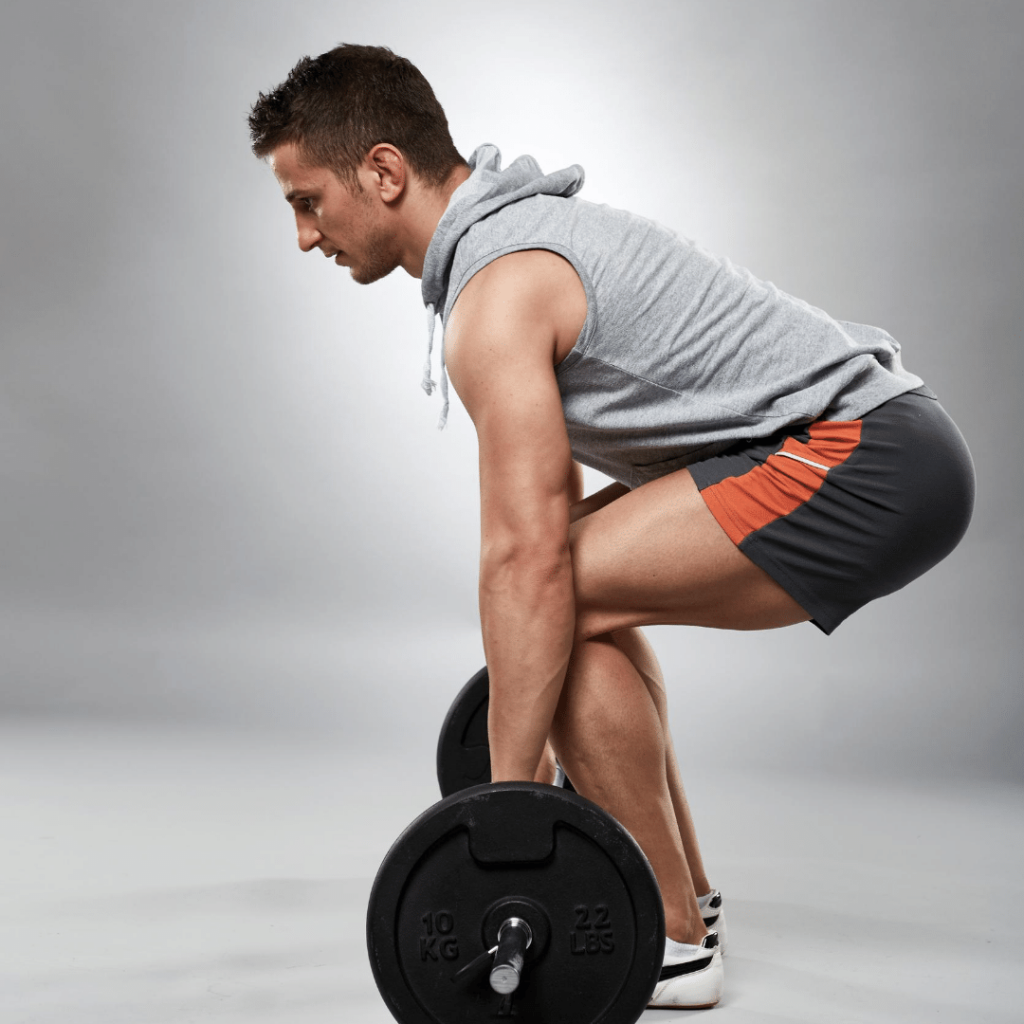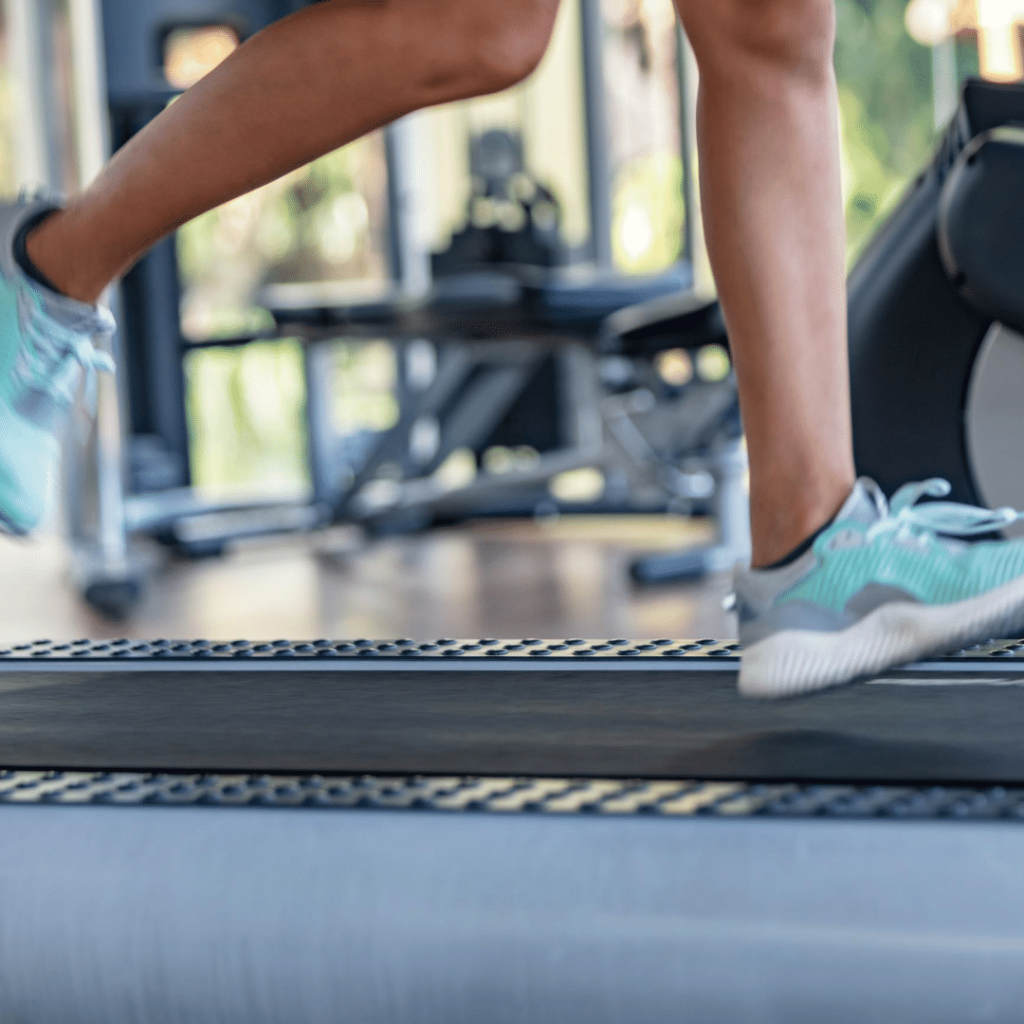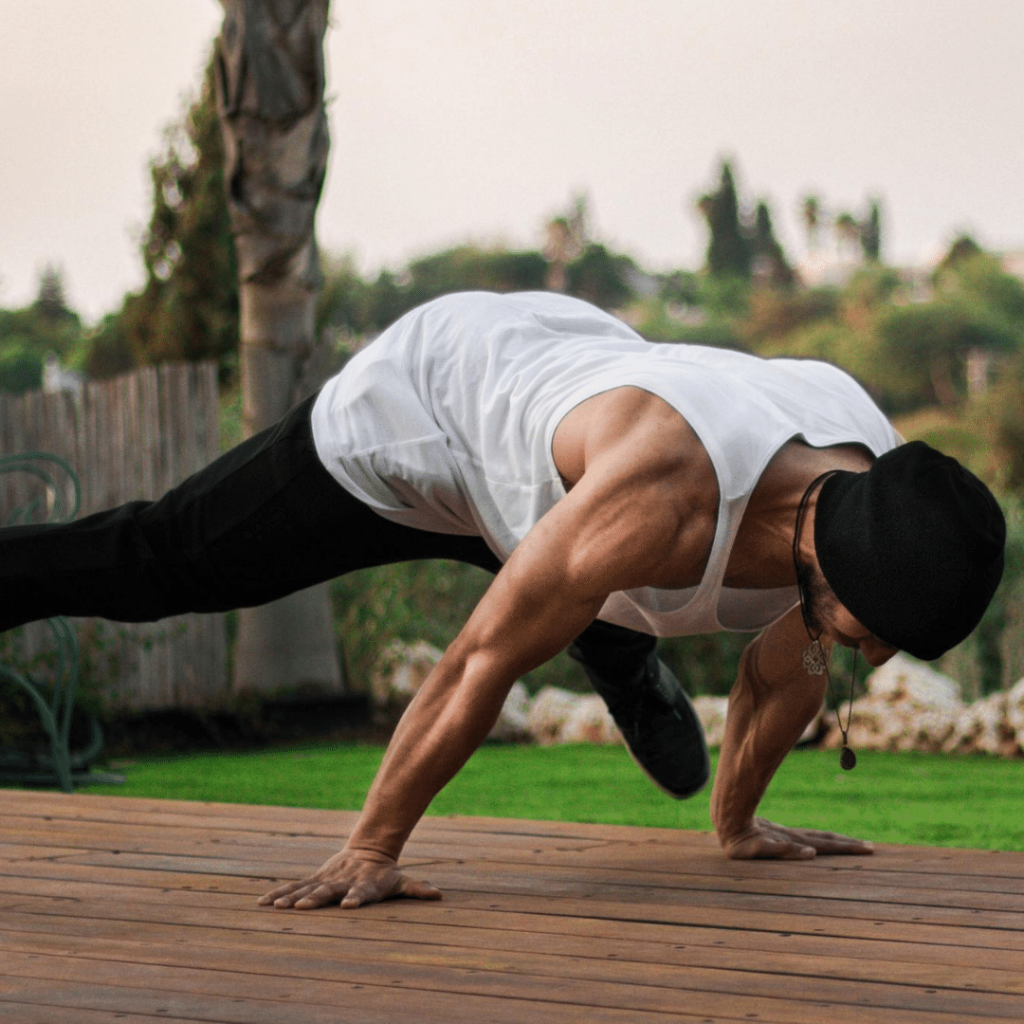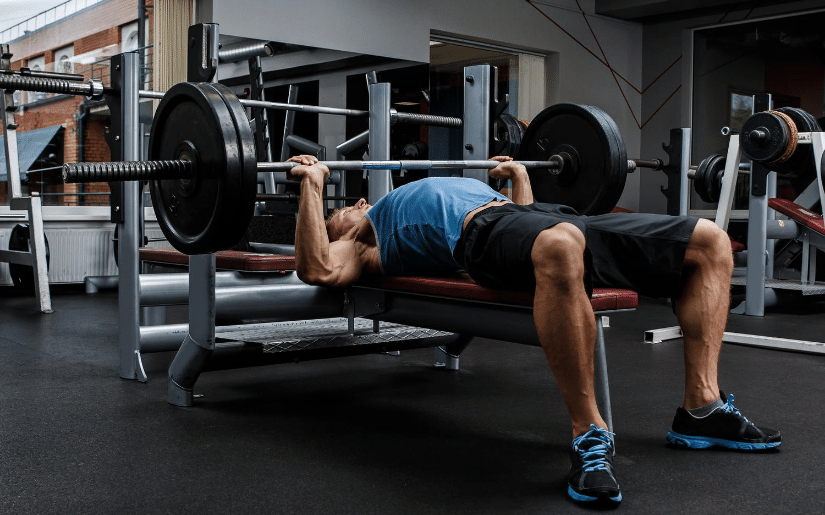Combining weightlifting and running is a surprisingly controversial topic. Some believe strength training builds too much muscle for runners, while others believe it’s impossible to build muscle if you have a regular running program.
The truth is, if you love both, there’s no reason to choose one over the other. In fact, they complement each other very well. Adding weightlifting to your running routine will make you a stronger runner, improve your stability, reduce your risk of injury, and give you better form overall. Strength training can also help you overcome the muscle imbalances and weaknesses that come from running alone.
Weightlifting and running can form a well-rounded exercise regimen for weight loss and overall fitness, too. The cardio workout you get from running burns calories during your workout, while weightlifting raises your basal metabolic rate, meaning you’ll burn more calories at rest.
If you’re a runner who wants to incorporate strength training into your exercise regimen, here’s how to find a good balance between the two.

Why You Should Add Weightlifting to Your Running Program
Weightlifting and running provide numerous benefits on their own, including improved heart health, boosted mood and energy, and less depression and anxiety due to the release of endorphins during exercise. And, of course, they’re both fantastic for your self-esteem and body image.
But combining weightlifting and running into the same fitness routine can maximize the benefits of both activities. Remember, running is a repetitive motion exercise. It requires stability, balance, and coordination… all of which are improved by strength training.
Strength training also improves your endurance and power for beach running, long distance running, and marathon running. You’ll experience less muscle fatigue during endurance running because your muscles will be stronger.
Not, only that but adding muscle mass to your bones lowers the impact, reducing your risk of stress fractures from running. In turn, both types of exercise also increase bone density, which is especially important for female runners.

How to Successfully Combine Weightlifting and Running
Finding time to add weightlifting into your running regimen can be challenge. The good news is some strength training is better than none at all. Incorporate it into your routine wherever you can because even short strength training sessions will still be beneficial.
If you’re going to run and do a weightlifting session on the same day, keep in mind that whichever one you do first will likely get your best effort and focus. So, if your primary goal is to build muscle and strength, do strength training first. If your primary goal is to improve your running speed and endurance, run first so you’re not fatigued.
Either way, allow at least six hours between workouts. If you run in the morning, do your weightlifting session in the evening. And, if you’re someone who runs every day, always strength train on your easy run days so you still have ample time for muscle recovery.
Keep in mind that most runners really need a full day of recovery after a high-intensity, lower body strength training session before hitting the pavement for their next run. We also recommend saving your long distance run for a day when you’re not doing any other type of exercise.
Be sure to choose the right shoes for each activity because different types of exercise require different types of cushion and support to prevent injury. You’ll need a good pair of running shoes for running and a separate pair of lifting shoes for strength training.
Combining the two activities means you’re working your body hard, so make sure you’re getting plenty of sleep to help your body recover.
Sample Weightlifting and Running Schedule
Here’s a sample weightlifting and running schedule that makes a good jumping off point for most runners. However, everyone is different, so be prepared to adjust the routine based on your goals and how much recovery time your body needs between workouts.
- Sunday: Light upper body strength training
- Monday: Tempo run (run at an 8 out of 10 effort for around 20 minutes)
- Tuesday: Easy run in AM followed by high-intensity lower body strength training in PM
- Wednesday: Recovery day
- Thursday: Tempo run
- Friday: Easy run
- Saturday: Long distance run

Nutrition Tips to Optimize Your Weightlifting and Running Regimen
There’s no question that your body will be working harder when you combine weightlifting and running into the same exercise regimen. Be sure to fuel your body properly by eating enough calories to maintain a healthy weight and optimal energy levels.
Your diet should be high in protein to build and repair muscle after strength training. It should also be rich in complex carbohydrates to give you the energy you need for running. And, make sure to incorporate these essential vitamins and supplements for runners into your routine to support your energy, endurance, and recovery.

Alternatives to Weightlifting for Runners
When it comes down to it, running is an extremely affordable sport… all you really need is a good pair of running shoes. If you’re a runner who doesn’t want to fork over the money for a gym membership or invest in weightlifting equipment at home, there are some affordable alternatives to weightlifting that can be just as effective.
Calisthenics, or bodyweight exercises, can provide an excellent strength training work out without any special equipment. And, they’re low impact, which makes them an ideal option when you have a race coming up. Resistance bands and dumbbells are both affordable and effective options for home use, as well.

FAQs: How to Combine Weightlifting and Running for Optimal Results
Should runners do runner specific strength training exercises?
No, you don’t need specific exercises for runners. Your goal with strength training is to build up your overall strength to support your running program. Some of the best strength training exercises for building overall strength include a combination of front squats, forward lunges, overhead shoulder presses, and deadlifts.
Should runners lift heavy weights?
Absolutely! Lifting heavy is actually better for enhancing your running form and increasing your endurance. Just make sure you understand proper weightlifting form before you start. Begin with no more than 3 – 5 sets of 3 – 5 reps per set if you’re new to weightlifting.
Over time, you can build up to 4 – 8 reps per set as long as you give your body enough time to acclimate. And, there’s no need to worry about bulking up because the majority of your focus will be on running.
What should a typical weightlifting session for runners look like?
If you’re new to weightlifting, you might not be sure where to start.
Every weightlifting session should start out with a dynamic warm-up to get your shoulders and hips open and moving and reduce the risk of injury. Then, you can move into the main strength training area (upper or lower body) and adjust your sets and reps according to the amount of weight you’re lifting and your fitness level.
Remember, weightlifting is not intended to be a cardio workout like running, so be sure to rest for a minute or two between sets.
After your main exercises, you can add in a few sets of targeted exercises, such as one-legged deadlifts or box jumps. Finish out your session with mobility work on a foam roller to roll out the muscle group you just worked.
The Bottom Line
Combining weightlifting and running is actually a great idea! Runners who do strength training have more power and fewer injuries. Even better, switching things up is a great way to overcome weakness and fatigue in specific muscle groups, not to mention boredom and burnout!

